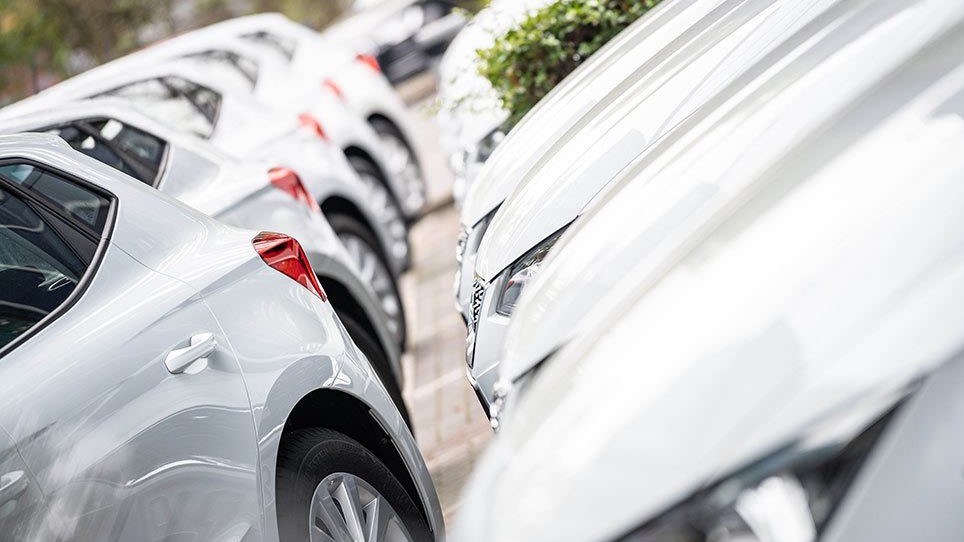In September, 197,000 new passenger cars were registered in Germany. This was 26 percent fewer than in the same month last year. For the first time ever, fewer than 200,000 new cars were sold in this month. Looking at the year as a whole, the passenger car market has now also slipped into negative territory. A total of 2.02 million new passenger cars were registered, representing a decline of 1.2 percent. This means that the German passenger car market has remained around 17 percent below the 10-year average since the beginning of the year. As in the previous year, international manufacturers achieved a market share of 44 percent in September.
Reinhard Zirpel, President of the Association of International Motor Vehicle Manufacturers (VDIK), said: “The German passenger car market is entering increasingly difficult waters. After the market recovery in the first half of the year, significant declines have been recorded since the middle of the year. We are currently heading for a stagnating or even declining passenger car market in 2021. And this is despite the extremely low level of the previous year, which was dominated by Corona.”
The share of electric vehicles in the overall passenger car market reached a new high of 29 percent in September (same month last year: 16 percent). According to figures from the Federal Motor Transport Authority, around 33,700 new passenger cars with battery-electric drive systems (up 59 percent) were registered. In addition, around 22,800 new plug-in hybrids (up 13 percent) hit the roads.
New private registrations fell by 25 percent in September to 71,250 units. Cumulatively, the private passenger car market is thus down 9 percent after nine months compared with the previous year, which was already very weak due to Corona.
The decline in new registrations in the commercial vehicle market in September was significantly higher than in the previous month, at minus 18 percent. A total of 26,100 new commercial vehicles were registered. The decline in light commercial vehicles was significantly higher than in heavy commercial vehicles. For the year as a whole, the commercial vehicle market grew by 8.5 percent to around 266,000 new vehicles. In contrast to the passenger car market, new commercial vehicle registrations remained above the long-term average level.
| September | January – September | ||||
|---|---|---|---|---|---|
| +/- (%) | Share of total car market (%) |
+/- (%) | |||
| Passenger car | 197,000 | -26 | 100 | 2,017,600 | -1 |
| – VDIK-brands | 86,500 | -25 | 44 | 807,800 | -2 |
| – german brands | 100,300 | -31 | 51 | 1,167,900 | -2 |
| – other brands | 10,200 | 128 | 5 | 41,900 | 75 |
| Electric vehicles (total) | 56,500 | 37 | 29 | 477,800 | 134 |
| – purely battery-powered | 33,700 | 59 | 236,700 | 141 | |
| – plug-in-hybrids | 22,800 | 13 | 241,100 | 128 | |
| Commercial vehicle | 26.100 | -18 | – | 266,000 | 9 |
Source: KBA, VDIK





